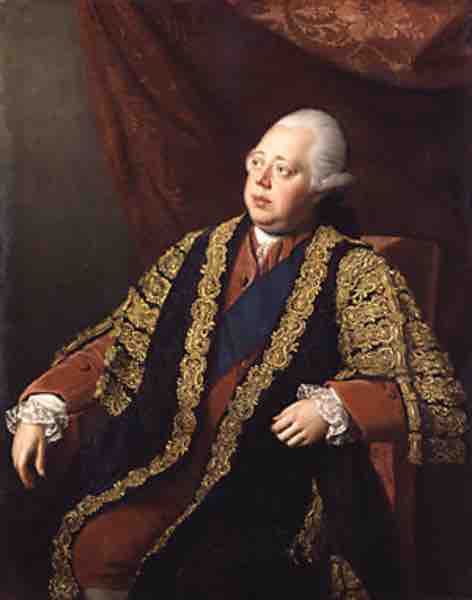The Battle of Saratoga proved to be a major turning point in the American Revolution. On December 4, 1777, word reached Benjamin Franklin at Versailles that British General John Burgoyne had surrendered at Saratoga. Two days later, King Louis XVI agreed to enter negotiations for an alliance. The Treaty of Alliance was signed on February 6, 1778, and after learning of the treaty, England declared war on France on March 17. Hostilities began with naval skirmishes between French and British forces off of the French island of Ushant in June.
In 1779, Spain entered the war as a French ally. The strength of France's diplomatic relations with various world powers also influenced the later entry of the Dutch Republic into the war, and declarations of neutrality on the part of other major geopolitical players, including Russia.
The victory at Saratoga also effectively eliminated the British presence in the North. The British quickly withdrew their presence from the region surrounding Saratoga and by the summer of 1778, the war was concentrated in the South.
The British government of Lord Frederick North came under sharp criticism when the news of Burgoyne's surrender reached London. General Burgoyne returned to England on parole in May 1778, where he spent the next two years defending his actions in Parliament and to the press. Eventually, Burgoyne was formally exchanged for more than 1,000 American prisoners.

Frederick North, second earl of Guildford by Nathaniel Dance, 1773-1774
Following the Patriot victory at Saratoga, Lord North's government was heavily criticized for their management of the war effort.
This defeat prompted Lord North to issue a proposal for peace terms in Parliament. These terms were brought to the Second Continental Congress by the Carlisle Peace Commission in June 1778 and immediately rejected on the grounds that the British were unwilling to recognize the independence of the states. Though it was a failure, the Carlisle Peace Commission marked the first time the British government formally agreed to negotiate with the Second Continental Congress. In the same month, Lieutenant General Sir Henry Clinton was order by the British government to abandon his position in Philadelphia in order to help defend New York City, which had become vulnerable to French naval power. By June 18, Clinton evacuated Philadelphia. General George Washington’s army shadowed Clinton’s, and Washington successfully forced a battle at Monmouth Courthouse on June 28, the last major battle to take place in the North during the Revolutionary War. By July, Clinton had advanced to New York City and Washington was positioned in White Plains, New York.

Surrender of General Burgoyne by John Trumbull, 1822
Burgoyne's surrender was a turning point in the Revolutionary War.